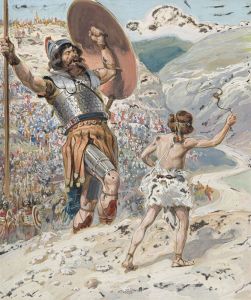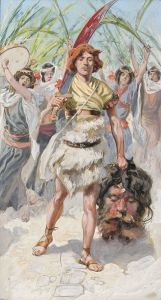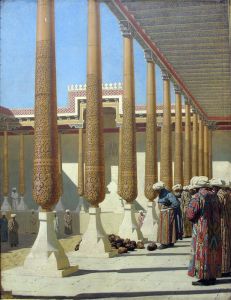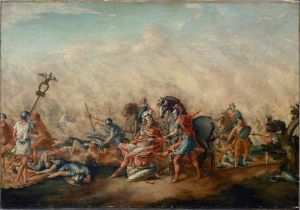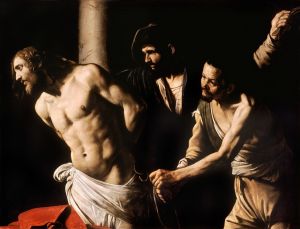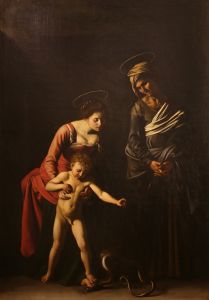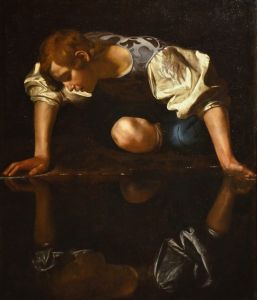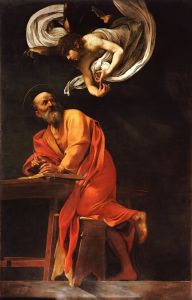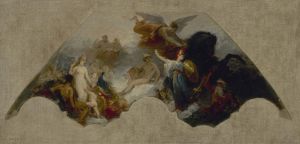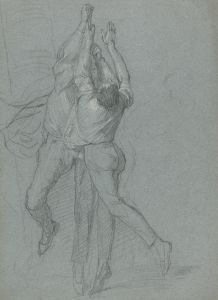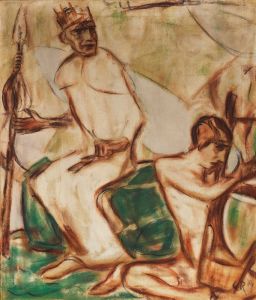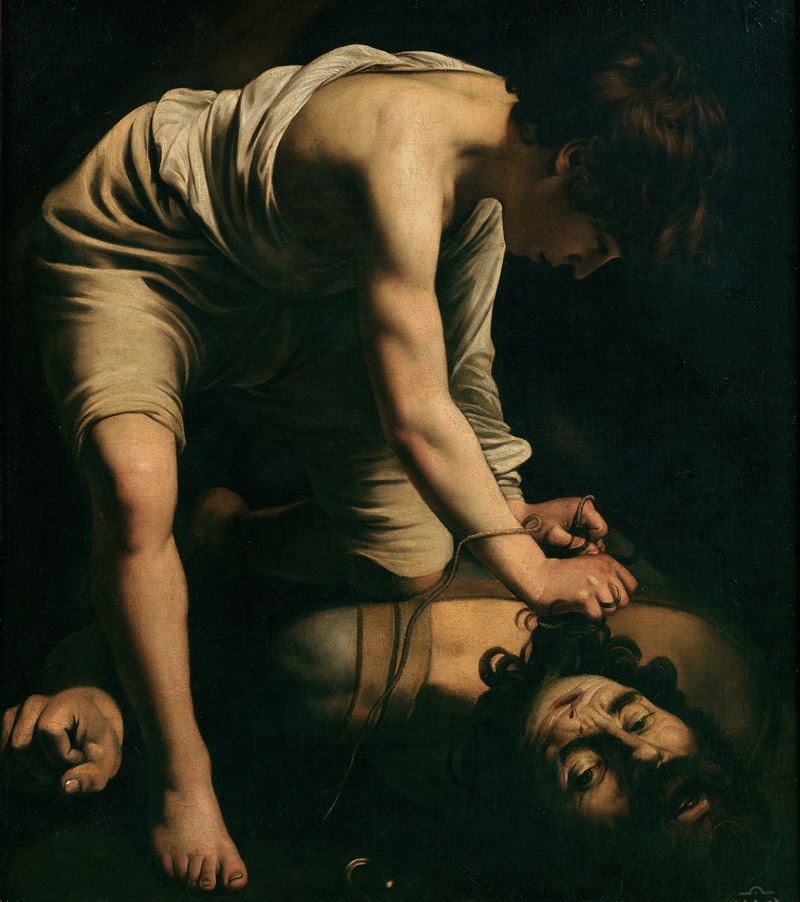
David and Goliath
A hand-painted replica of Caravaggio’s masterpiece David and Goliath, meticulously crafted by professional artists to capture the true essence of the original. Each piece is created with museum-quality canvas and rare mineral pigments, carefully painted by experienced artists with delicate brushstrokes and rich, layered colors to perfectly recreate the texture of the original artwork. Unlike machine-printed reproductions, this hand-painted version brings the painting to life, infused with the artist’s emotions and skill in every stroke. Whether for personal collection or home decoration, it instantly elevates the artistic atmosphere of any space.
David and Goliath is a painting by the Italian Baroque master Michelangelo Merisi da Caravaggio, created around 1606–1607. The work is an oil on canvas and is housed in the Galleria Borghese in Rome, Italy. It depicts the biblical story of David and Goliath, a tale from the Old Testament in which the young David defeats the giant warrior Goliath with a sling and a stone.
In Caravaggio's interpretation, the scene captures the aftermath of the battle. David is shown holding the severed head of Goliath, presenting it as a trophy. The composition is stark and dramatic, characteristic of Caravaggio's use of chiaroscuro, the strong contrast between light and dark. The light falls on David, illuminating his youthful face and muscular form, while Goliath's head, with its lifeless expression, is cast in shadow. The background is dark and undefined, focusing the viewer's attention on the figures.
The painting is notable for its psychological depth and emotional intensity. David's expression is contemplative rather than triumphant, suggesting a sense of gravity and reflection on the act he has committed. Goliath's head, rendered with gruesome detail, emphasizes the brutality of the event. This emotional complexity is a hallmark of Caravaggio's work, as he often sought to depict human experiences with raw realism.
Art historians have noted that the severed head of Goliath is believed to be a self-portrait of Caravaggio. This interpretation has led to various theories about the painting's meaning, particularly in the context of the artist's tumultuous life. Around the time this work was created, Caravaggio was fleeing Rome after being involved in a violent altercation that resulted in the death of a man. Some scholars suggest that the painting may reflect Caravaggio's feelings of guilt or his desire for redemption, though such interpretations remain speculative.
The painting was commissioned by Cardinal Scipione Borghese, a powerful patron of the arts and an admirer of Caravaggio's work. It remains one of the most celebrated examples of Caravaggio's ability to combine dramatic storytelling with profound emotional resonance.
David and Goliath is a testament to Caravaggio's mastery of light, shadow, and human emotion, securing its place as a significant work in the history of Baroque art.





